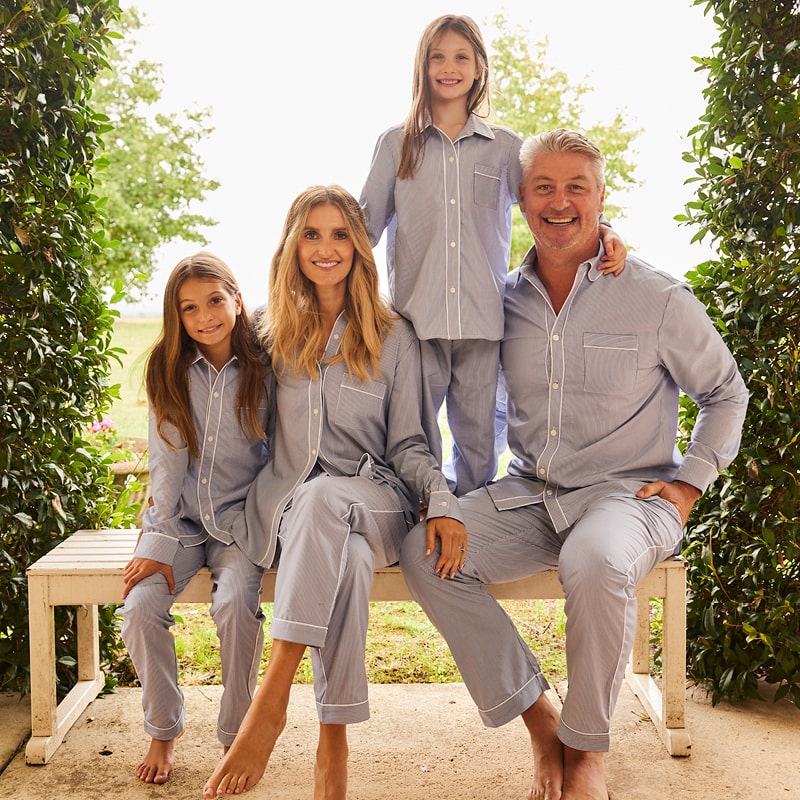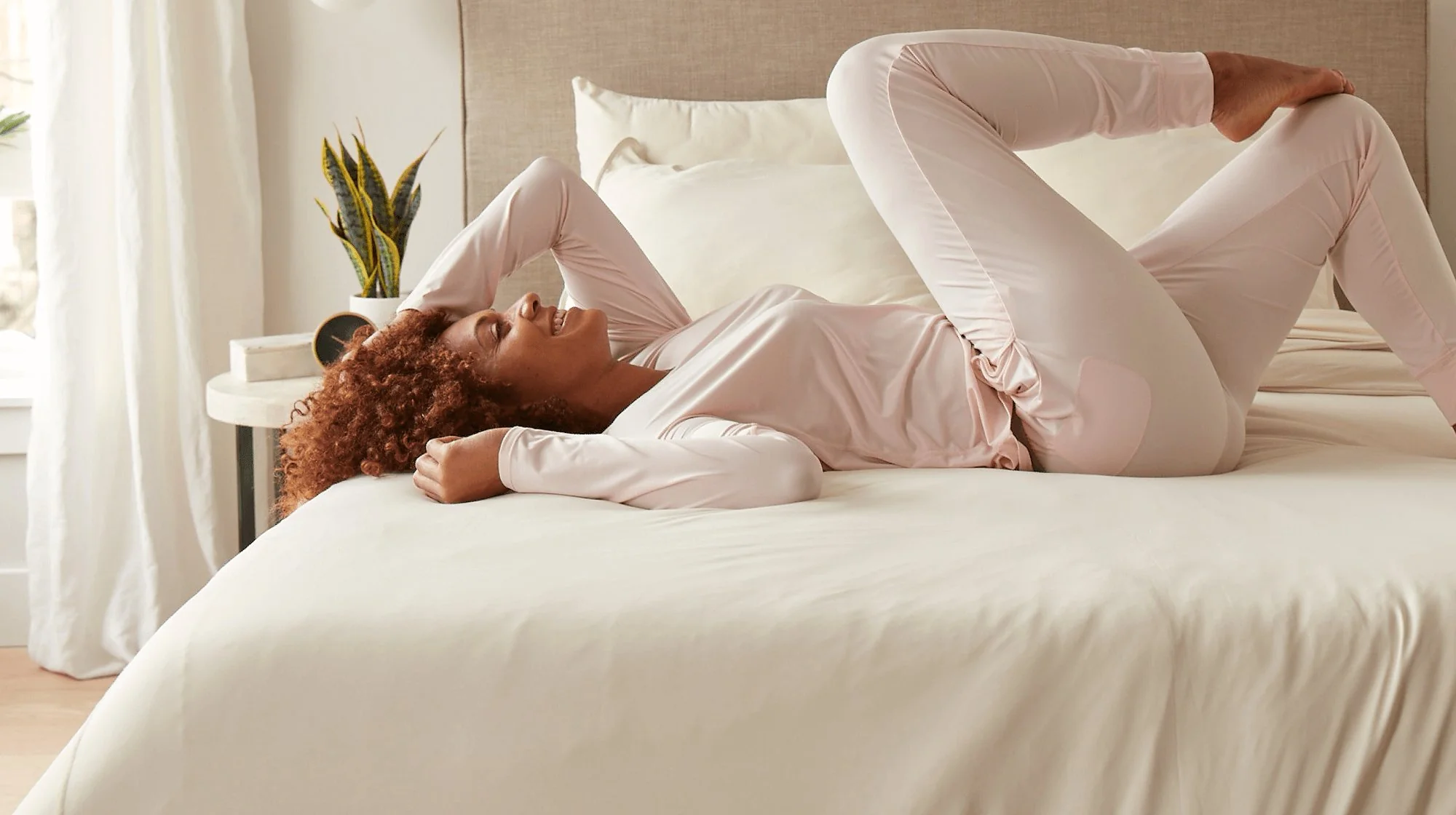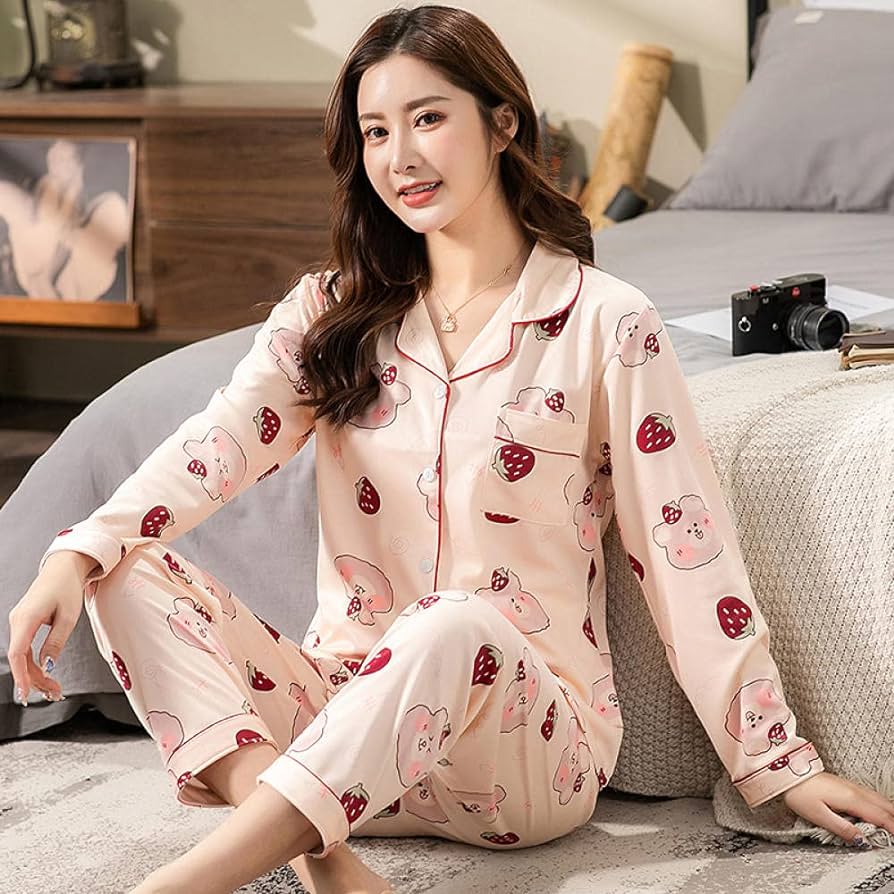Title: The Psychology of Sleepwear: How Nighttime Attire Affects Sleep Quality
Introduction:
Sleep is crucial for overall health and well-being, and the environment in which we sleep plays a significant role in determining the quality of our rest. While factors like mattress comfort and room temperature are commonly considered, the impact of sleepwear on sleep quality is often overlooked. This article explores the psychology of sleepwear, examining how nighttime attire can influence sleep patterns, comfort levels, and overall sleep quality.
1. Comfort and Relaxation:
The primary purpose of sleepwear is to promote comfort and relaxation, facilitating the transition from wakefulness to sleep. Loose-fitting, breathable fabrics such as cotton or bamboo-derived materials are often preferred for sleepwear, as they allow for airflow and prevent overheating during the night. Additionally, soft textures and gentle seams can enhance comfort and minimize irritation, promoting a sense of relaxation that is conducive to falling asleep and staying asleep throughout the night.
2. Temperature Regulation:
Maintaining the optimal body temperature is essential for achieving restful sleep, and the choice of sleepwear can significantly impact temperature regulation during the night. While some individuals may prefer lightweight, breathable sleepwear for warmer climates, others may opt for heavier, insulating materials during colder seasons. Additionally, moisture-wicking fabrics can help draw perspiration away from the body, preventing discomfort and promoting a more restful sleep experience.
3. Psychological Associations:
Sleepwear can also evoke psychological associations and emotions that influence sleep quality. For example, wearing cozy pajamas or a favorite nightshirt may trigger feelings of comfort, security, and familiarity, signaling to the brain that it is time to unwind and prepare for sleep. On the other hand, uncomfortable or constrictive sleepwear may induce feelings of restlessness or agitation, making it difficult to relax and fall asleep easily.
4. Role of Routine and Rituals:
Establishing a bedtime routine and engaging in pre-sleep rituals can signal to the body that it is time to wind down and prepare for sleep. For many individuals, changing into sleepwear is an integral part of this routine, serving as a cue that signifies the transition from daytime activities to restorative sleep. By selecting sleepwear that is comfortable, soothing, and conducive to relaxation, individuals can enhance the effectiveness of their bedtime rituals and improve sleep quality.
5. Personal Preference and Identity:
Sleepwear is a reflection of personal preference, identity, and style, and individuals may have different preferences when it comes to nighttime attire. Whether it’s cozy flannel pajamas, silky nightgowns, or minimalist sleep shirts, the choice of sleepwear can be deeply rooted in individual preferences, cultural norms, and lifestyle factors. By selecting sleepwear that resonates with their personal style and preferences, individuals can create a sleep environment that feels familiar, comforting, and conducive to restful sleep.
Conclusion:
The psychology of sleepwear highlights the importance of selecting nighttime attire that promotes comfort, relaxation, and psychological associations conducive to sleep. By choosing sleepwear that aligns with individual preferences, temperature preferences, and bedtime routines, individuals can enhance their sleep quality and overall well-being. Whether it’s investing in breathable fabrics, embracing comforting textures, or incorporating bedtime rituals, the right sleepwear can make a significant difference in achieving restorative and rejuvenating sleep.



